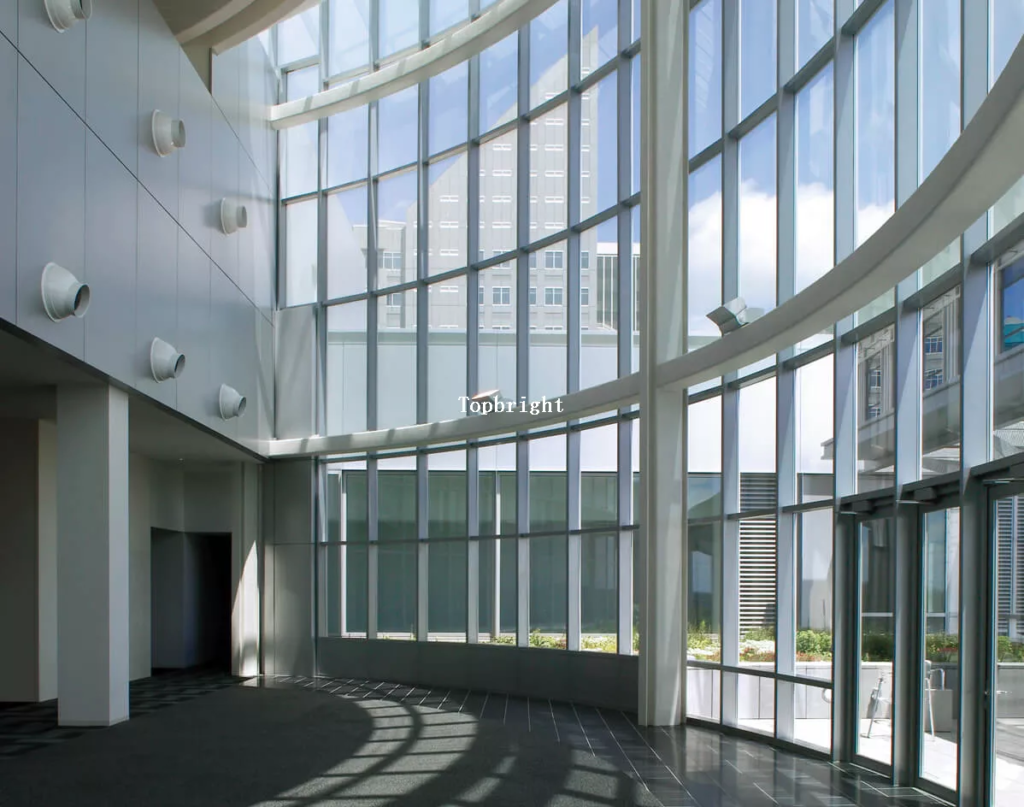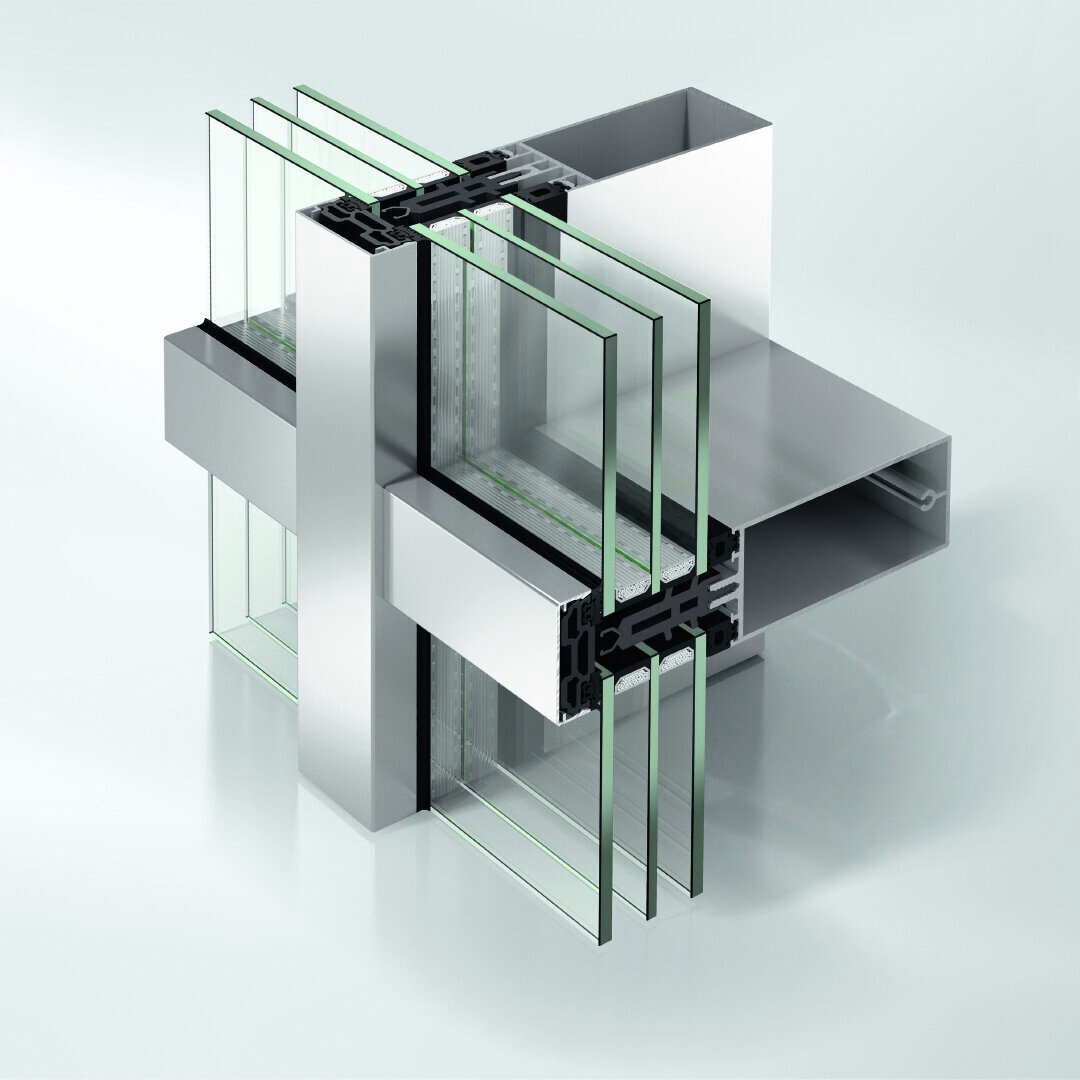A stick curtain wall is a type of building facade system used in modern architecture. It is a non-load-bearing external wall system that is designed to provide weather protection and enhance the aesthetic appeal of a building. The term “stick” refers to the individual components or “sticks” that make up the curtain wall system.
In a stick curtain wall, the wall is assembled piece by piece on-site, using vertical and horizontal aluminum or steel members, known as mullions and transoms, respectively. These members are connected together to form a grid-like framework that supports the various components of the curtain wall system.
The main components of a stick curtain wall include glass panels, infill panels, and spandrel panels. Glass panels are typically used to allow natural light into the building and provide views of the surroundings. Infill panels, on the other hand, are opaque panels that are often made of materials such as metal or stone and are used to provide privacy or reduce solar heat gain. Spandrel panels are located at the perimeter of each floor and conceal the building’s structural elements and services.
Stick curtain walls offer several advantages. They provide a high degree of flexibility in design, allowing architects to create visually appealing facades with various shapes, sizes, and textures. They also offer excellent thermal and acoustic insulation properties, contributing to the energy efficiency and comfort of the building. Additionally, stick curtain walls can be easily repaired or replaced since individual components can be removed without affecting the entire system.
However, stick curtain walls require skilled labor for installation and may have longer construction times compared to other types of facade systems. They also require regular maintenance to ensure proper performance and prevent water leakage or air infiltration.
Overall, stick curtain walls are a popular choice for many modern buildings due to their versatility, aesthetic appeal, and functional benefits.



